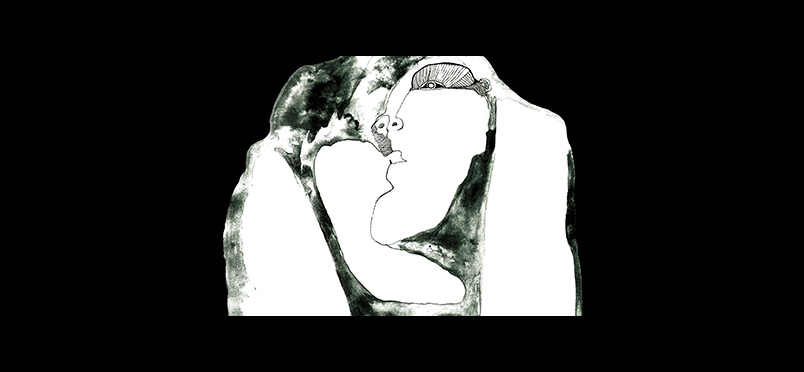| chronic pain
Men, Women, and Chronic Pain: New Research May Explain the Difference

Study Isolates Gender-Specific Receptor Associated With Pain Response
Differences in the experience of pain for men and women have been explored for many years at PAINWeek®, and findings from a new study conducted by the Pain Neurobiology Group at the University of Texas at Dallas provide further insight. Working with mouse models, researchers found that a targeted manipulation of dopamine receptors appears to modulate chronic pain in males, but not females. Study author Theodore Price, PhD, associate professor of neuroscience in the School of Behavioral and Brain Sciences, summarized, “For the same magnitude of pain in a male and a female, the mechanisms that drive pain seem to be remarkably separate. We’ve made a cellular change that completely reverses the genesis of the chronic pain in only the male. What we’re learning is that different types of cells drive the development of pain.” The findings are published in Journal of Neuroscience.
A 2014 requirement from the National Institutes of Health that preclinical research include both male and female study subjects opened the door to the recent discovery. Previous experiments usually focused on male animals only, due to their lack of a complicating estrus cycle that affects hormone levels in females. The study team focused on a recently discovered pain mechanism related to D5 dopamine receptors, and found that male mice that were genetically modified to lack these showed significant impairment in pain responses. But the same results were not found in similarly engineered female mice. Dr. Price commented “If we see the same results in human tissues, it will support the idea that you could make a D5 antagonist drug to treat pain in men.” He added, however, that “Discovering D5 receptors as a pain relief target upsets me in a way. Most chronic pain patients are women, not men, so I would prefer to develop something that was certain to work in females.”
Read more about the study findings.
The journal abstract may be read here.
Did you enjoy this article?
Subscribe to the PAINWeek Newsletter
and get our latest articles and more direct to your inbox
